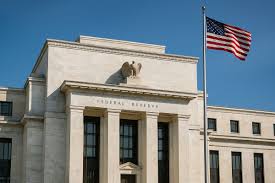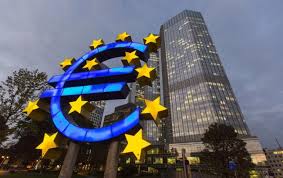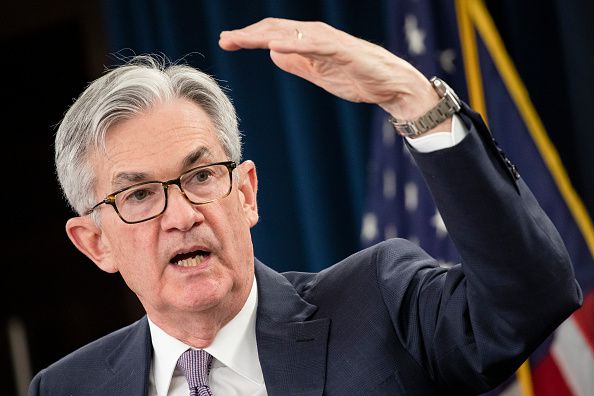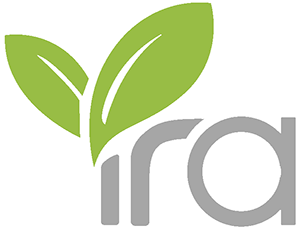
News

China’s economy withstands trade chaos but momentum likely slowed
(June 13): The Chinese economy rode out the tariff rollercoaster in May even as domestic consumption likely weakened again, after the government’s massive fiscal stimulus and frontloading by exporters offset shocks from abroad.
Official data due Monday will show industrial production and fixed-asset investment held steady, according to the median estimates of economists surveyed by Bloomberg. But retail sales growth, a key gauge of consumption, probably slipped below 5%, with a contraction in property investment deepening further.
The latest snapshot of the economy will offer the fullest glimpse yet into how China coped with the turmoil unleashed by US President Donald Trump’s trade war. A tariff truce reached by Beijing and Washington in mid-May gave temporary relief to exports from China that would have faced duties of as much as 145% from the US.
But the overall picture of resilience masks vulnerabilities that may increasingly become a drag on the economy in the months ahead. Morgan Stanley estimates growth is tracking at 4.8% this quarter while warning it “may decelerate quickly” in the second half, “with slower exports and a sluggish consumption appetite.”
Analysts polled by Bloomberg forecast gross domestic product growth will slip to 4.5% this year, significantly below the official target of around 5%. It expanded 5.4% in the first quarter.
“As external headwinds persist, and as the over-arching policy priority remains promoting technology and innovation, the supply-demand imbalance may not be rectified in a decisive manner,” Morgan Stanley economists led by Robin Xing said in a report. “We continue to see subpar nominal GDP growth in 2025-26.”
Still, the economy’s relative strength so far this year will likely buy the government more time before it needs to deploy more support to prop up growth. China’s four-month budget deficit reached a record high — a stimulus push followed in May by the central bank’s cuts to its policy rate and the reserve requirement ratio.
Adding to Beijing’s confidence, the US and China agreed to maintain tariffs at their current, lower levels following the two nations’ talks in London.
Despite a more favourable backdrop for trade, China’s prolonged property crisis, deflationary pressure and worries about unemployment still threaten the confidence of households and businesses.
Here’s what to expect when the National Bureau of Statistics publishes the data at 10am on Monday:
Consumption
Retail sales probably grew 4.9% in May from a year ago, compared with 5.1% in the previous month. While slowing from the start of the year, their performance is still markedly higher than last year’s monthly figures.
In a test of consumer demand, the five-day Labour Day break in May saw retail and catering sales expand at a slower pace relative to last year, but spending per tourist was up modestly from 2024.
The mixed results illustrated the challenges Beijing faces in relying on domestic consumption to counter the jolt of US tariffs on the economy. Households show little sign of abandoning their thrifty ways, with confidence still subdued as a result of deflationary pressure and a yearslong property slump.
Industry
China’s industrial output likely expanded 6% in May, similar to April’s gain of 6.1%.
The sector has benefitted from exporters shipping goods early to avoid tariffs. Factory activity contracted at a slower rate in May after a reprieve in the tariff war unclogged trade flows.
China’s industrial companies have also fared well thanks to the government’s programme to subsidise upgrades of equipment and consumer goods by businesses and households. Still, signs of risk abound, with exports rising less than expected last month after the worst drop in shipments to the US in more than five years.
Investment
Fixed-asset investment probably continued growing at 4% in the first five months, in a rebound from a slowdown in the second half of 2024.
The government has brought forward its sales of bonds this year, providing an early boost to infrastructure project funding.
“China’s activity data for May are unlikely to show a growth lift from the US-China trade-war pause. Slower-than-expected export growth suggests the lower tariffs effective in mid-May will take more time to affect production. Holidays and subsidy programs will probably support consumption to a degree. But sluggish sentiment remains a drag on spending,” said Bloomberg Economics.
The property sector probably suffered a deeper decline in investment last month, reflecting a continued downturn in the broader market after previous signs of improvement proved fleeting.
The stronger performance of the industrial sector relative to consumption is likely to continue, a worry for policymakers if external demand comes under more pressure.
“The impact of tariffs has remained modest so far,” Macquarie Group Ltd economists Larry Hu and Yuxiao Zhang said in a report. “As a result, policymakers don’t need to shift the growth driver from exports/manufacturing to consumption.”
Read more at The Edge Malaysia
Reference : The Edge Malaysia
Latest News
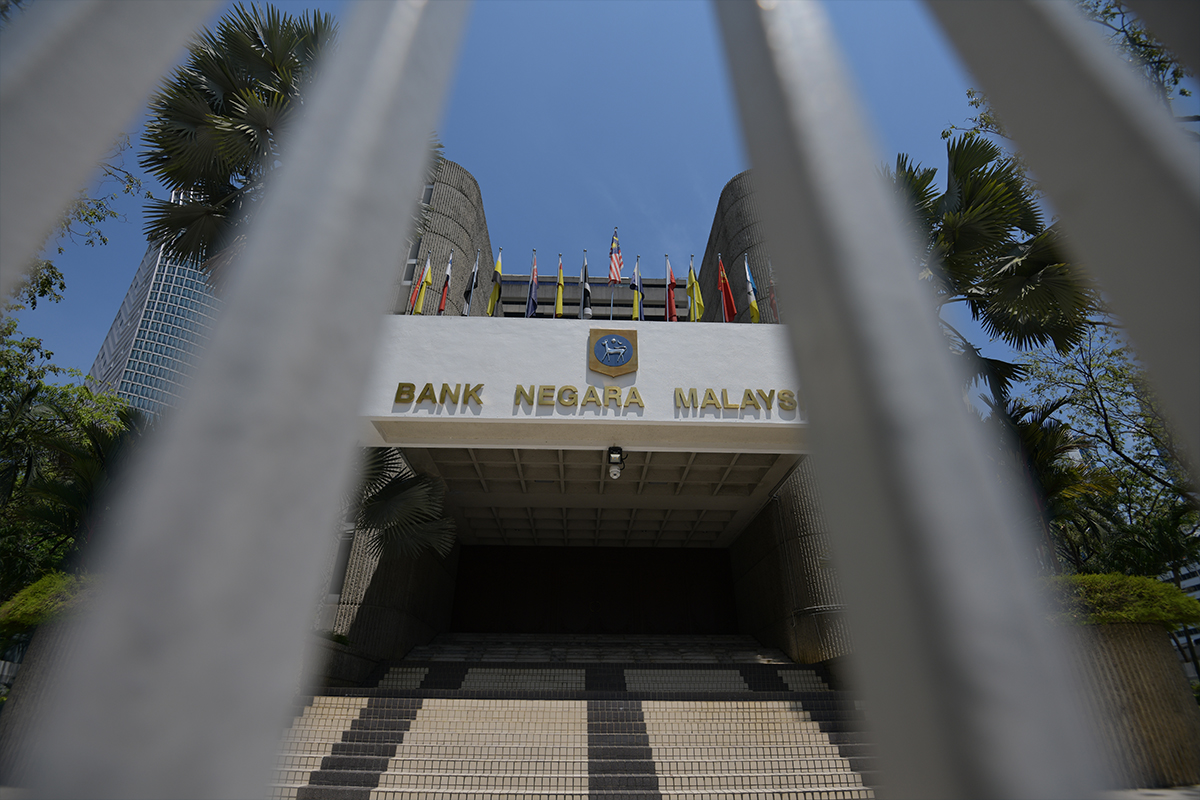
INTERNATIONAL RUBBER ASSOCIATION
SECRETARIAT
THE THAI RUBBER ASSOCIATION
45, 47 Chotivithayakul 3 Road, Hatyai, Songkhla 90110, Thailand
+66 74 429311, +66 74 429011-2
+66 74 429312
secretariat@irainfo.org


